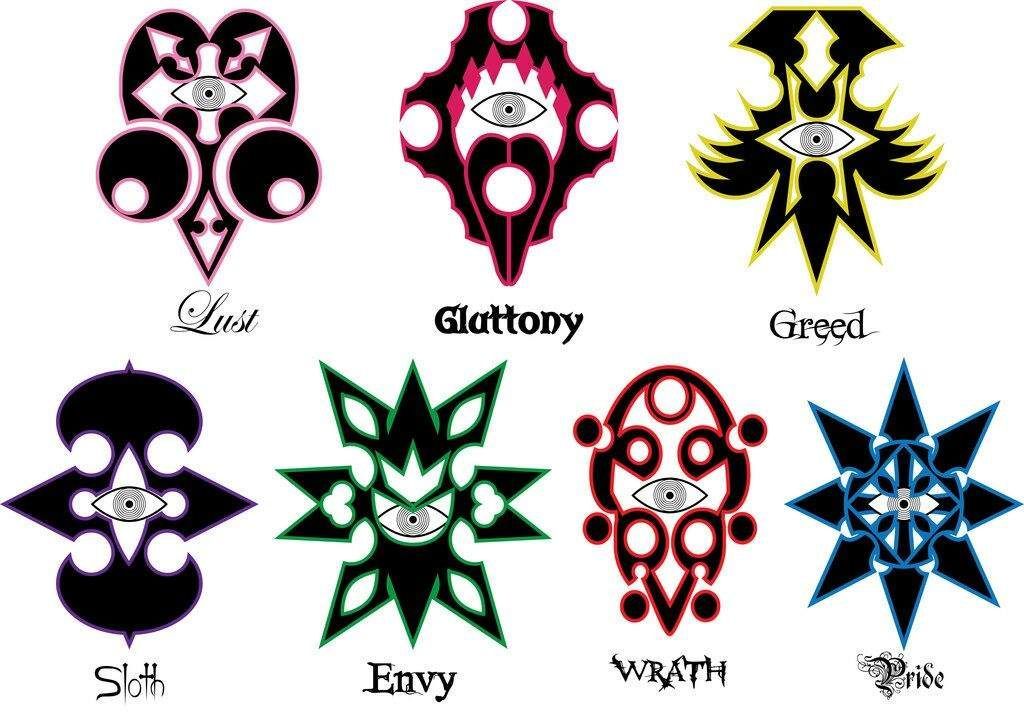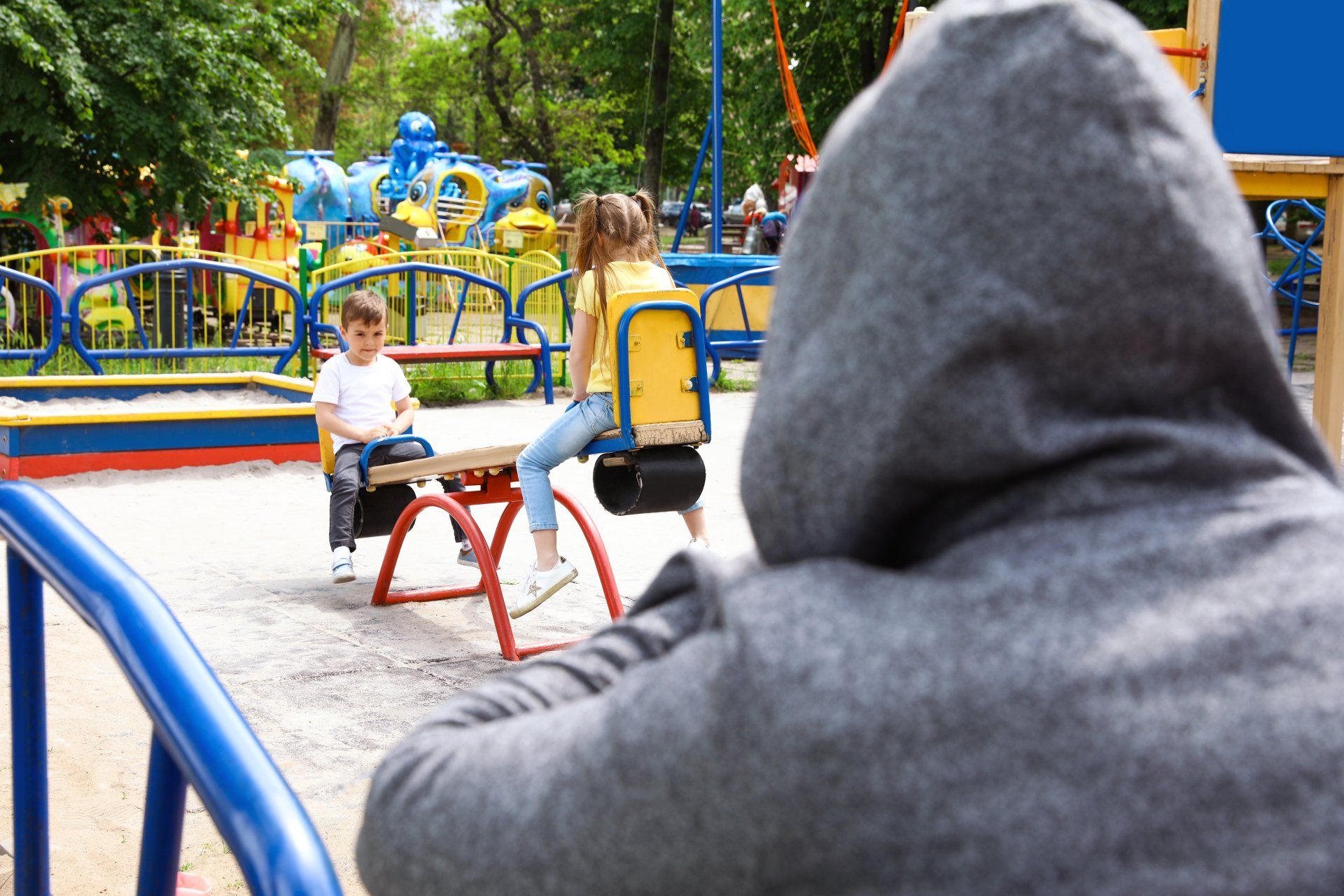


It's happened to all of us. We're having a conversation with someone, and things start to get heated. Suddenly, we're in the middle of an argument or a more intense situation, and we can't seem to calm down or find our way back to a productive solution. If this sounds familiar, don't worry – you're not alone. In fact, there's one simple trick that can help improve your de-escalation skills almost immediately: De-escalate yourself first. It may sound easier said than done, but with a little practice it can become second nature. So how do you go about calming yourself down? There are plenty of techniques that can work in a proactive way like: deep breathing exercises, mindfulness meditation, or progressive muscle relaxation. But you also need to get comfortable with de-escalating yourself in the moment as well. whether in the board room or on the street, making sure you are as level headed as possible should be your goal.
In today's world, it's important to be able to de-escalate a situation quickly. With the 24-hour news cycle and social media, it's easy to get caught up in the moment and respond without thinking. However, taking a few moments if available to calm down and assess the situation can make a big difference. It can help you avoid saying something you'll regret, or worse, escalate the situation further. So next time you're tempted to respond immediately, take a deep breath and count to 10 first. It could make all the difference in de-escalating the situation. When things are tense everything seems like an emergency. Learning to take some time, if you safely can is a great way to get yourself in the right head space.
But some people just drive you crazy, I get it. We all have triggers - things that set us off and cause us to react in a negative way. In order to de-escalate a situation, it's important to understand what your triggers are. This way, you can be aware of them and take steps to avoid them or manage them in a healthy way. For example, if you know that you have a trigger for anger, you can try to take some deep breaths and count to 10 before you respond to the situation. If you know that your trigger is anxiety, you can try to remove yourself from the situation or take some time to calm down before engaging. By understanding your triggers, you can put yourself in control of the situation and make positive choices about how to respond, and if done right improve some important relationships.
It's easy to find yourself in a reactive mode. You react to the demands of your job, the never-ending stream of emails and text messages, and the constant onslaught of news and social media. But while reacting may be the default setting, it's not always the most effective way to deal with challenging situations. When you're in a reactive state, you're more likely to make decisions based on emotions rather than logic. You're also more likely to escalate a situation by responding in a way that is defensive or aggressive. In contrast, when you take a moment to respond instead of react, you're more likely to de-escalate a situation and find a constructive resolution.
When tempers flare, it can be tempting to stoop to name-calling or insult-slinging. However, this is rarely effective in de-escalating a situation. In fact, it's more likely to make things worse. When people feel attacked, they tend to become defensive and dig their heels in. If you want to avoid an escalated argument, it's best to stick to respectful language and avoid anything that could be construed as an insult. This doesn't mean you have to agree with the other person - but it does mean finding a way to communicate without resorting to personal attacks.
When it comes to de-escalation, the key is to stay calm and collected. It can be difficult in the heat of the moment, but try to avoid getting defensive or Argumentative. Instead, focus on listening to what the other person is saying and try to understand their perspective. Once you've done that, you can begin to calmly explain your own point of view. By staying calm and level-headed, you'll be more likely to de-escalate the situation and come to a peaceful resolution.
De-escalation is not always 100% effective. Sometimes, no matter how hard you try, the situation just spirals out of control. But de-escalation is still a very powerful tool to help you manage tense situations. It can help you diffuse a volatile situation and prevent it from escalating into something dangerous. De-escalation is all about communication and understanding. It's about understanding what the other person is feeling and why they're feeling it. Once you understand that, you can begin to find a way to calm the situation down. de-escalation is not always easy, but it's worth it. It can help you Avoid conflict and keep everyone safe.
So The next time you find yourself in a heated discussion, remember to de-escalate yourself first before trying to do it to others. It will help you manage the situation much more effectively. And if you want to improve your skills even further, bring us in for a conflict communication seminar – we’d be happy to help!
Randy
randy@8020cms.com


ALL RIGHTS RESERVED | RANDY KING LIVE